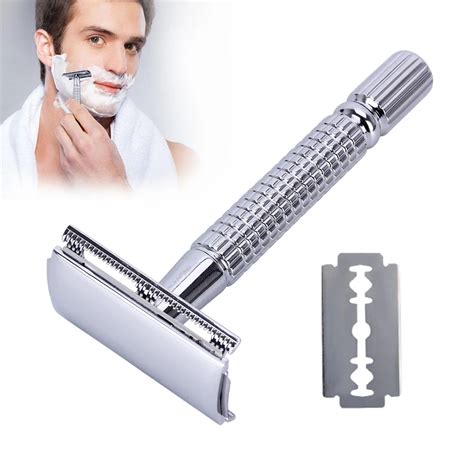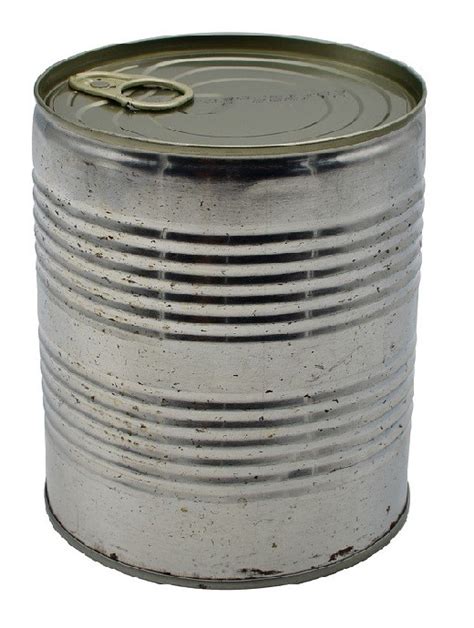How to prevent razor burn for a consistently sharp, peak-performance look?

Conquering Razor Burn: Your Guide to a Flawless Shave
Razor burn is a common, irritating skin condition caused by shaving, manifesting as redness, bumps, itching, and general discomfort. It can significantly detract from an otherwise sharp and well-groomed appearance. For those aiming for a consistently peak-performance look, preventing razor burn is paramount. The good news is that with the right preparation, technique, and aftercare, you can minimize or even eliminate this frustrating post-shave ordeal.

Understanding the Enemy: What Causes Razor Burn?
Before we dive into prevention, let’s quickly understand the culprits behind razor burn. It often results from a combination of factors, including dull blades, dry shaving, applying too much pressure, shaving against the grain on sensitive skin, and inadequate lubrication. These actions can irritate the skin, lead to microscopic cuts, and allow bacteria to enter, resulting in inflammation and those dreaded red bumps. Ingrown hairs, where hair curls back into the skin, can also exacerbate razor burn.
Pre-Shave Ritual: Setting the Stage for Success
The foundation of an irritation-free shave begins long before the blade touches your skin. Proper preparation is crucial:
- Warm Water Immersion: Shave after a warm shower or by applying a hot, damp towel to your face for a few minutes. Warm water softens your hair follicles and opens pores, making hair easier to cut.
- Gentle Exfoliation: Lightly exfoliate your skin 2-3 times a week, or before shaving, to remove dead skin cells and lift ingrown hairs. Be gentle to avoid further irritation.
- Pre-Shave Oil: A quality pre-shave oil creates a protective barrier between your skin and the blade, allowing for a smoother glide and reducing friction.
- Rich Shaving Cream or Gel: Use a high-quality, hydrating shaving cream or gel that lathers well. Apply a generous amount to thoroughly coat and cushion your skin, letting it sit for a minute or two before you begin shaving.

The Shaving Process: Precision and Patience
Your technique during shaving plays a critical role in preventing razor burn:
- Use a Sharp Blade: This is arguably the most important rule. Dull blades drag and pull at your hair, causing irritation. Replace your razor blade every 5-7 shaves, or sooner if you feel any tugging.
- Shave With the Grain: Always shave in the direction your hair grows. While shaving against the grain might offer a closer shave, it significantly increases the risk of irritation and ingrown hairs, especially for sensitive skin.
- Light Pressure: Let the razor do the work. Pressing too hard creates unnecessary friction and can lead to nicks and irritation.
- Short, Controlled Strokes: Use short, deliberate strokes, rinsing your blade frequently under warm water to clear away hair and shaving cream.
- Avoid Re-Shaving Dry Areas: If you need to go over an area again, reapply shaving cream. Shaving a dry patch of skin is a surefire way to cause irritation.

Post-Shave Care: Soothe and Protect
What you do immediately after shaving is just as important as the shave itself:
- Rinse with Cold Water: After you’re done shaving, rinse your face with cold water to close your pores and soothe the skin.
- Pat Dry, Don’t Rub: Gently pat your face dry with a clean, soft towel. Rubbing can irritate freshly shaven skin.
- Apply an Aftershave Balm: Choose an alcohol-free aftershave balm or lotion. Alcohol-based products can dry out and irritate your skin. Look for ingredients like aloe vera, witch hazel, chamomile, or essential oils that hydrate and calm the skin.
- Moisturize: Follow up with a good moisturizer to keep your skin hydrated and healthy.

Razor Maintenance: Keeping Your Tools Ready
Finally, proper care of your shaving tools contributes to preventing razor burn:
- Rinse Thoroughly: After each shave, rinse your razor thoroughly to remove all hair and product residue.
- Store Properly: Store your razor in a clean, dry place to prevent bacteria growth and extend blade life.
- Consider a Single-Blade Razor: For extremely sensitive skin or those prone to ingrown hairs, a single-blade safety razor or an electric shaver can sometimes be less irritating than multi-blade cartridges.

Consistency is Key
Preventing razor burn isn’t about a single magic bullet; it’s about adopting a consistent, mindful shaving routine. By incorporating these tips into your regular grooming regimen, you’ll not only minimize irritation and discomfort but also achieve that consistently sharp, peak-performance look you desire, radiating confidence with every smooth, flawless shave.









